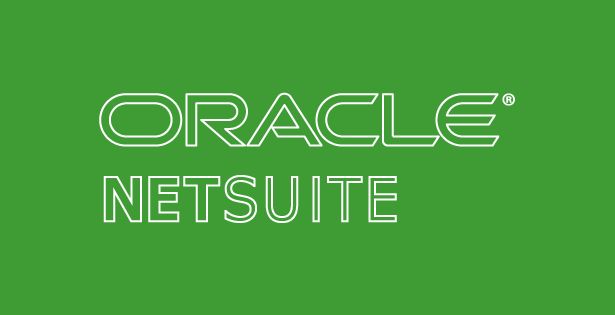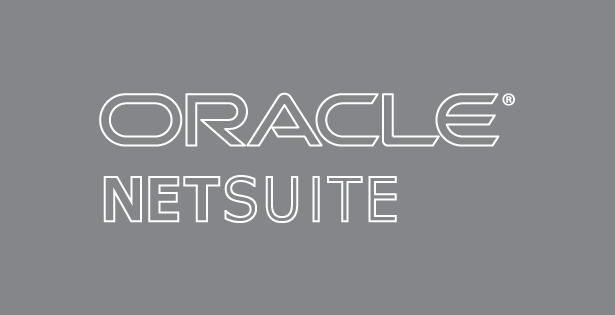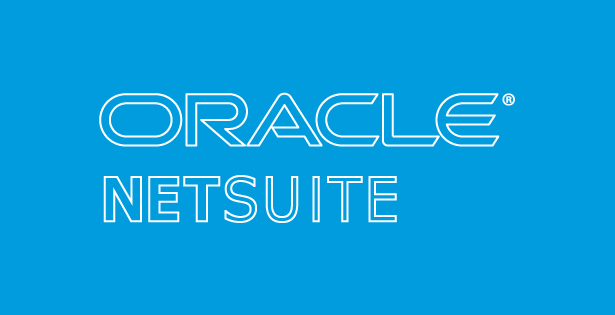In the complex world of supply chain management, purchasing managers challenges’ often place them at the eye of the storm. They balance inventory levels, manage supplier relationships, and ensure timely procurement, all under immense pressure, often with little support or recognition.
Top Purchasing Managers Challenges
1. Expected to Be Perfect
The role demands 100% accuracy. Even a single misstep, whether ordering too much of the wrong item or not enough of the right one, can disrupt operations, frustrate stakeholders, and hurt the bottom line.
2. Criticized from All Sides
At the same time, purchasing managers live under constant scrutiny. When inventory runs high, they are blamed for tying up capital. When it runs low, they are blamed for lost sales and production delays. In other words, the metrics for success are often contradictory, making it a no-win situation.
3. Lack of Internal Support
Compounding the issue, purchasing managers often operate in silos. Sales teams resist providing accurate forecasts, unwilling to commit to large orders of the “right” products. Meanwhile, other departments rarely recognize the complexity of procurement decisions, leaving managers without the support they need.
4. Unpredictable Supply Chains
Adding to the challenge, global volatility, from geopolitical tensions to natural disasters, makes it nearly impossible to predict when inventory will arrive. Lead times fluctuate, suppliers miss deadlines, and disruptions have become the rule rather than the exception.
5. Flawed or Outdated ERP Data
Finally, many purchasing managers must work with unreliable or outdated ERP data. As a result, they make critical decisions without complete information, which undermines their ability to plan effectively and adapt quickly.
How Companies Can Help
Although challenges are significant, organizations can reduce the burden by taking control of internal factors and fostering collaboration.
Shared Responsibility
First, create a culture where procurement is a shared responsibility across departments. Accurate forecasting reduces errors and improves efficiency, but this cannot fall on purchasing managers alone.
Ensure Accurate, Real-Time System Data
In addition, invest in ERP systems that provide reliable, up-to-date information. Strong data integrity forms the foundation of better purchasing decisions.
Cycle Counting for Inventory Accuracy
Another way to help is by using cycle counting. This method maintains inventory accuracy year-round without the disruption of full physical counts. Furthermore, adopting an ABC Inventory Management approach makes setup easier and streamlines year-end processes.
Demand Accountability in Sales Forecasting
Equally important, sales teams must provide realistic, data-driven forecasts. Dedicated SIOP (Sales, Inventory & Operations Planning) and Integrated Business Planning processes ensure alignment and accountability across the organization.
Avoid Overcommitting to Lead Times
Organizations should also avoid publishing aggressive lead times that suppliers cannot consistently meet. Overpromising sets purchasing managers up for failure. Instead, use KPIs and vendor performance reporting to measure delivery accuracy and set realistic expectations.
Invest in MRP and Demand Planning Tools
Finally, consider implementing MRP and Demand Planning systems. These tools not only tell purchasing managers what to order but also when to order it. With real-time insights, dashboards, and exception management tools, managers can make quick adjustments to unexpected changes.
Solving Purchasing Managers Challenges with NetSuite
To truly empower purchasing managers, companies must move beyond surface-level fixes and invest in robust planning tools. One of the most impactful solutions is NetSuite’s Material Requirements Planning (MRP) module, part of its broader Demand Planning functionality.
How NetSuite MRP Helps Purchasing Managers
✅ Real-Time Visibility into Demand and Supply
Managers can see what materials are needed, when they’re needed, and in what quantities, reducing shortages and overstock issues.
✅ Integrated Data Across the Organization
Because NetSuite eliminates data silos with a single source of truth, purchasing managers gain accurate, real-time information across sales, inventory, and production.
✅ Planners Workbench for Exception Management
Moreover, the Planners Workbench highlights exceptions such as late orders, inventory gaps, or excess stock, allowing managers to resolve problems before they escalate.
✅ Automated Forecasting and Order Recommendations
NetSuite also generates planned orders based on direct and indirect demand, which reduces manual forecasting and improves accuracy.
✅ Customizable Item Categorization
Finally, purchasing managers can group items by category, such as raw materials, finished goods, or product type, to better manage procurement strategies.
Conclusion
Purchasing managers are the unsung heroes of supply chain management. By recognizing their challenges, fostering accountability, and investing in advanced tools like NetSuite’s MRP Demand Planning module, companies can set them up for success. The result? Smarter procurement, leaner inventory, and a stronger, more resilient supply chain.

 RSMUS.com
RSMUS.com



